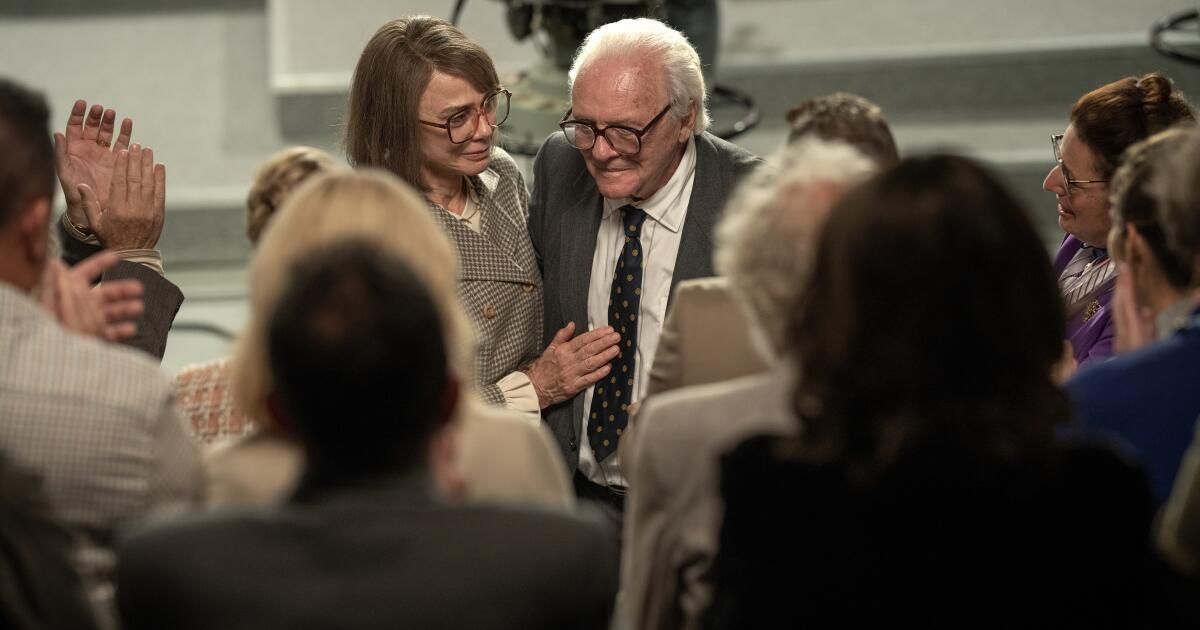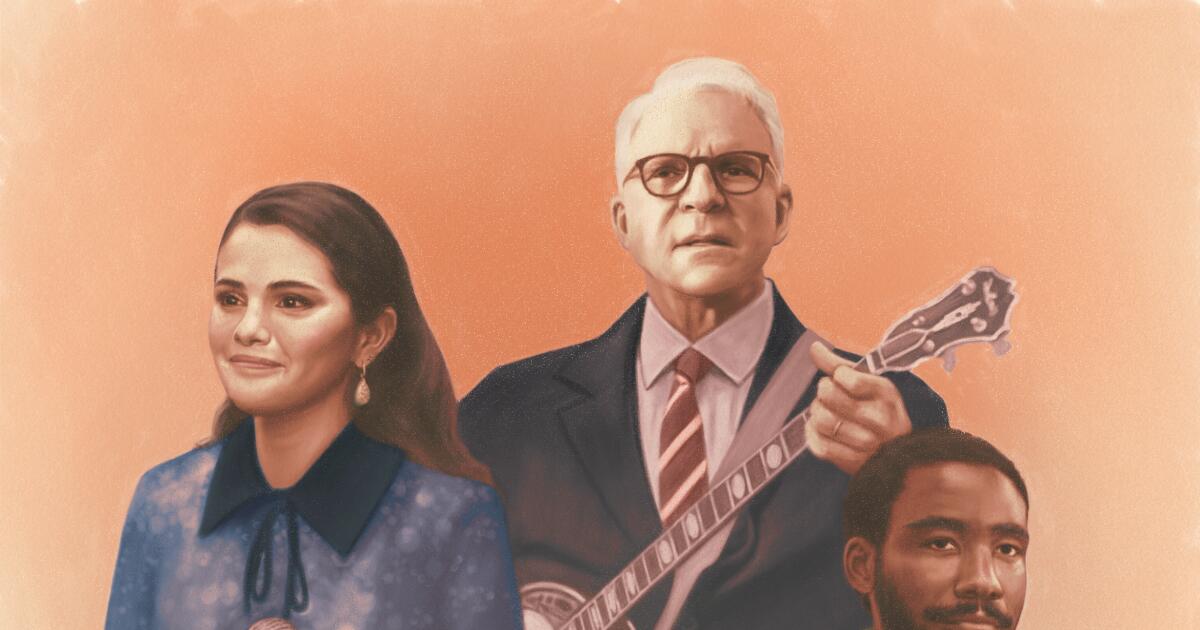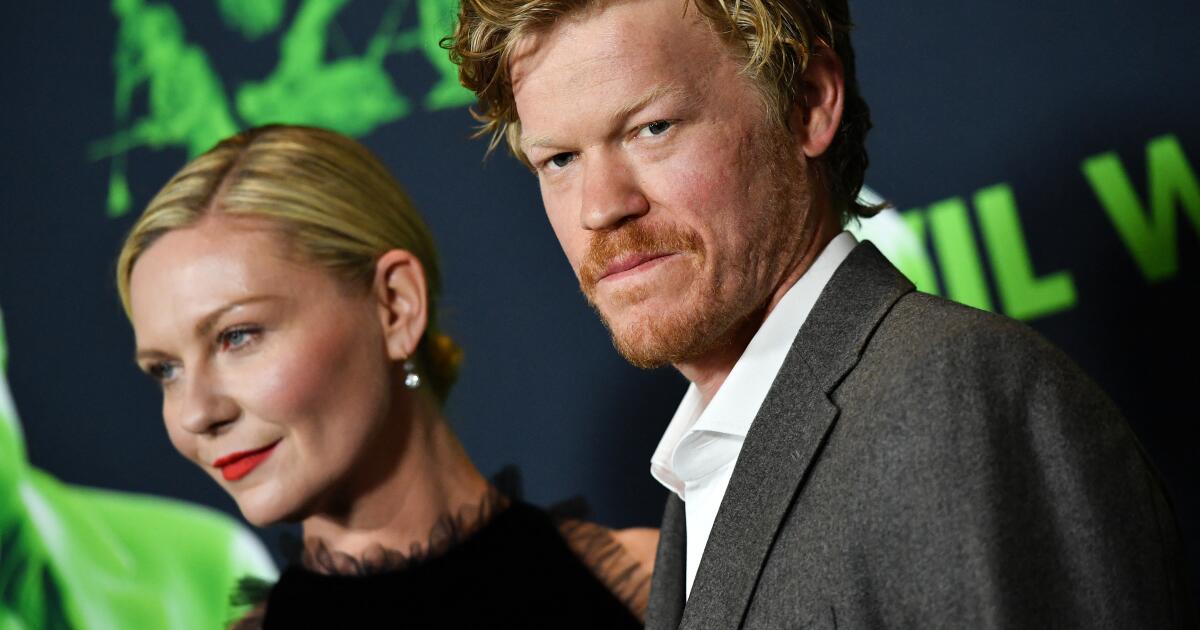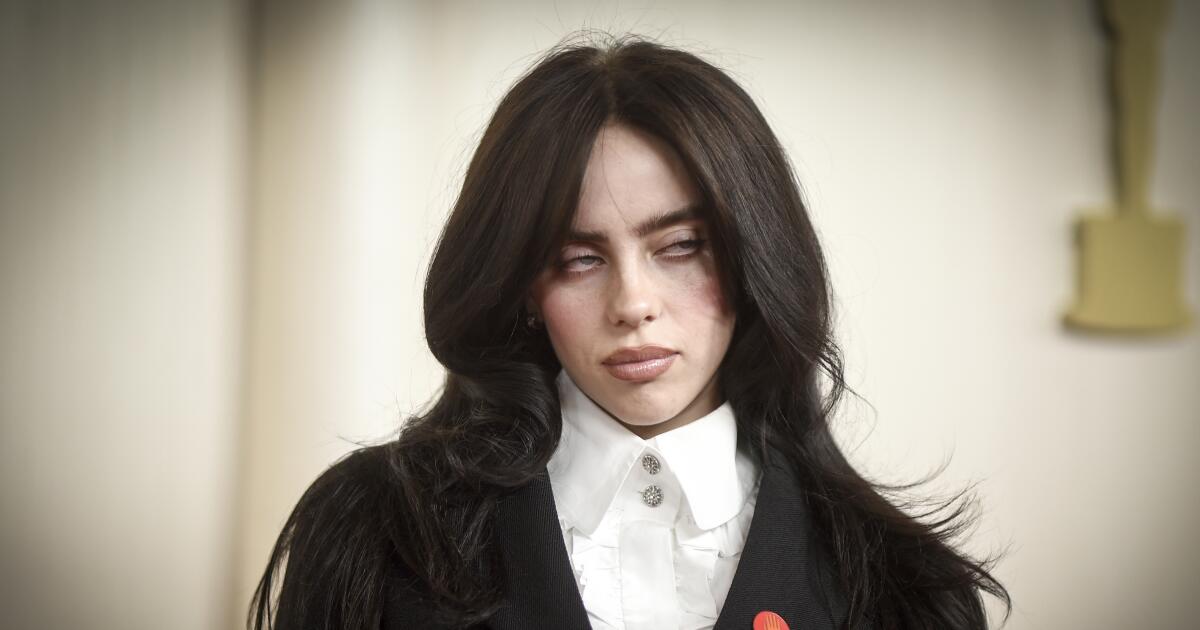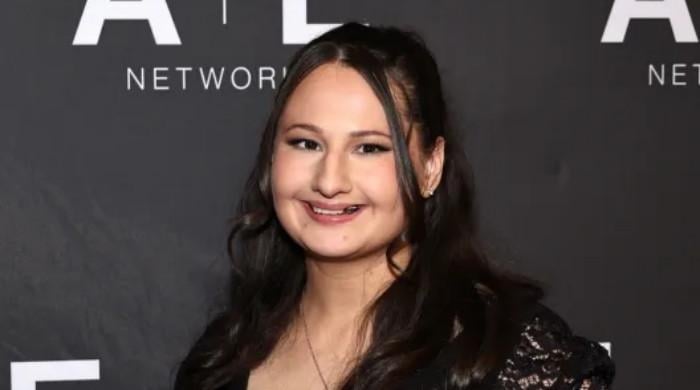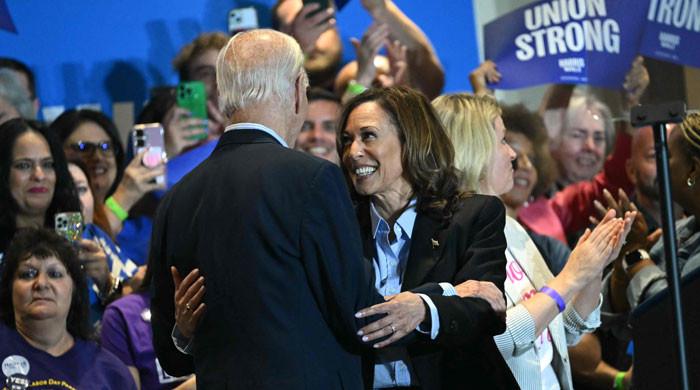In 1988, the BBC television series “That's Life!” aired a program about Nicholas Winton, a former stockbroker who helped save 669 children from the Nazis in the months before World War II and the Holocaust. As seen in the episode, the show's producers surprised Winton by seating him in the audience alongside several now-adult survivors of the Kindertransport. Years later, Iain Canning, the Oscar-winning producer of “The King's Speech,” rediscovered the popular clip and wondered about the story behind it.
“It was a very stoic and emotional moment,” Canning tells The Times. “I felt like it was a life and story worth exploring in film.”
He and Emile Sherman, who together had recently created their company See-Saw Films, went to visit Winton, then 101, in 2010. Canning describes him as “humble, generous and also incredibly kind,” but says Winton he was reluctant to be portrayed as a hero on screen. “He believed that we all have the ability to do the right thing at the right time,” Canning recalls.
A few years later, producers hired screenwriters Lucinda Coxon and Nick Drake to adapt “If It's Not Impossible…: The Life of Sir Nicholas Winton,” a 2014 biography of Winton written by his daughter Barbara Winton. She gave her blessing to the film, titled “One Life,” as long as her father was played by Anthony Hopkins.
Although the actor initially had to turn down the role, the opportunity returned in 2021 and he gladly accepted.
“It sounds strange to say that this story was personal to me because I was obviously not involved in the Holocaust, but I do remember the war,” says Hopkins, 86, who is currently writing his memoirs and is pleased to be tried in a suite at the Hotel London Dorchester. (He wants us to bring cakes and we do). “I remember the bomb damage. That period of history spans my own life. It's part of my conscience.”
“One Life” switches between two timelines. Hopkins plays Winton in the late 1980s and reflects on his life. Actor Johnny Flynn plays Winton in 1938 when he accompanies a friend to pre-war Prague and discovers that thousands of people are living in refugee camps in Czechoslovakia after fleeing Nazi persecution. Although Winton was working as a stockbroker at the time, he joined forces with the British Refugee Committee, based in Prague, and devised a plan to transport the children across Europe by train to England.
“It's hard for us, on this side of the Holocaust, to imagine that, in 1938, people didn't know where these events were leading,” Flynn says. “It was an existential threat, certainly for people in Britain. But Nicholas, who was of Jewish heritage, connected with the plight of these people. Because of the kind of person he was, he went there, he saw it and he came back to England saying, 'No, these people are starving.'”
Romola Garai and Johnny Flynn in the movie “One Life”.
(Julie Vrabelova / Bleecker Street)
Winton worked with a team of like-minded people, including Doreen Warriner (Romola Garai), Trevor Chadwick (Alex Sharp) and her mother Babette (Helena Bonham Carter). Traveling back and forth between London and Prague, she raised money, fought with the Home Office to grant visas for the children, many of whom were Jewish, and found foster families willing to take them in. Winton kept detailed records of his efforts in a scrapbook, now on display at the Yad Vashem memorial in Jerusalem, that includes photographs of the children that he photographed and developed himself. The filmmakers also had access to Warriner's 1984 book “A Winter in Prague” and Chadwick's personal records, as well as other historical accounts to ensure accuracy.
“You always want to stay as close to the story as possible, or at least I do,” says director James Hawes. “It gives him authority. The nature of a drama is that you always have to squeeze things out to buy time, but we did our best to stick to the truth. There are times, like in the BBC studio, when we had an extremely good record of how things were, although we changed that slightly. But a lot of it is very true and deep-rooted.”
Although author Barbara Winton died midway through filming, which took place first in England and then in Prague, Hawes remained in close contact with Winton's grandson and son-in-law. “We could literally call them to take pictures and get more details,” Hawes says. “Because once you get into the production beyond the script, the props want to know, 'What kind of car did they drive?' What type of food would be appropriate for each of them in front of the television? We got to those kinds of details.”
Flynn filmed his scenes after Hopkins finished so he could observe the older actor's performance of Winton. It also had footage of Winton in 1938, including a clip of him holding a rescued child, which was recreated in the film. Although told from Winton's perspective, the film makes it clear that he did not work alone.
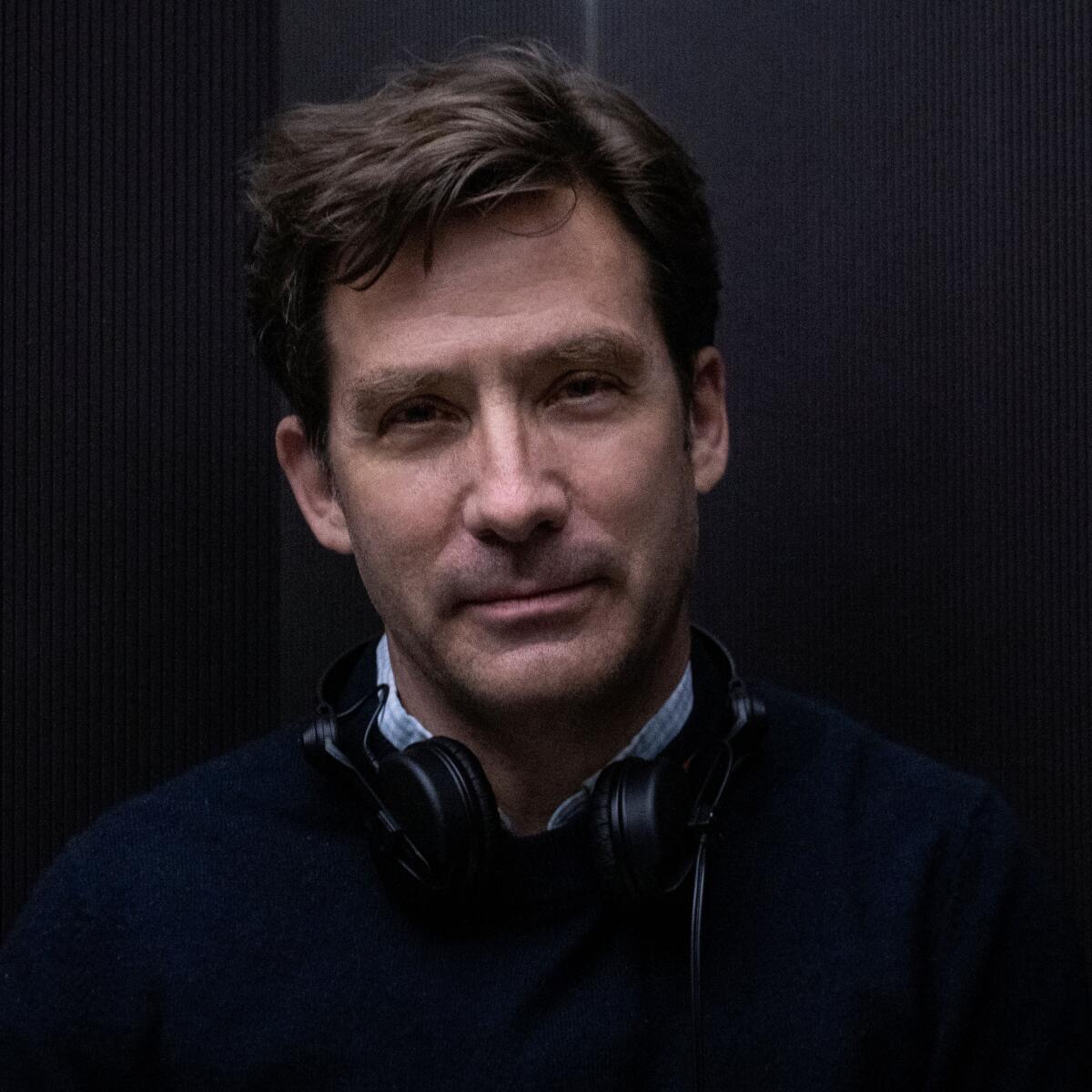
James Hawes, director of the film “One Life”.
(Jack English)
“Nicholas knew he wasn't the most important aspect of the operation,” Flynn says. “He was just the person who was there as a face for the kids to see and know. He was working in England to finish the bureaucratic part with his mother, all of which was done from the living room of his house. They had to be quite ruthless with the Home Office and that's all in the film. There is no need to exaggerate anything.”
To recreate the episode of “That's Life!” The team built a replica of the 1980s BBC studio in Pinewood, just outside London. Instead of casting actors to play the adult survivors, the filmmakers invited relatives of the original Kindertransport children to be among the studio audience. Hawes approximately almost 50 of them participated.
“We had organizations working with us to make sure we reached as many kids as possible, letting them know what was happening and inviting them to be in the audience,” says producer Joanna Laurie. “The response was surprising. That day everyone was crying.”
Although filming the scene was emotional, it was important for the filmmakers to ensure that it was reproduced authentically. Hawes filmed it from Winton's perspective, reframing the well-known clip.
“It was quite an experience,” Hopkins says. “But James didn't want to make a spectacle of it. He didn't want to make it sentimental.”
Hawes adds that a lot of the feeling of the scene came from the crowd itself. “If you look at the line [of people] right behind Tony in the second audience scene, there is a family of three sisters and a brother and you can see the emotion they are conveying,” he says. “It breaks me just remembering it. They felt it completely and honestly.”
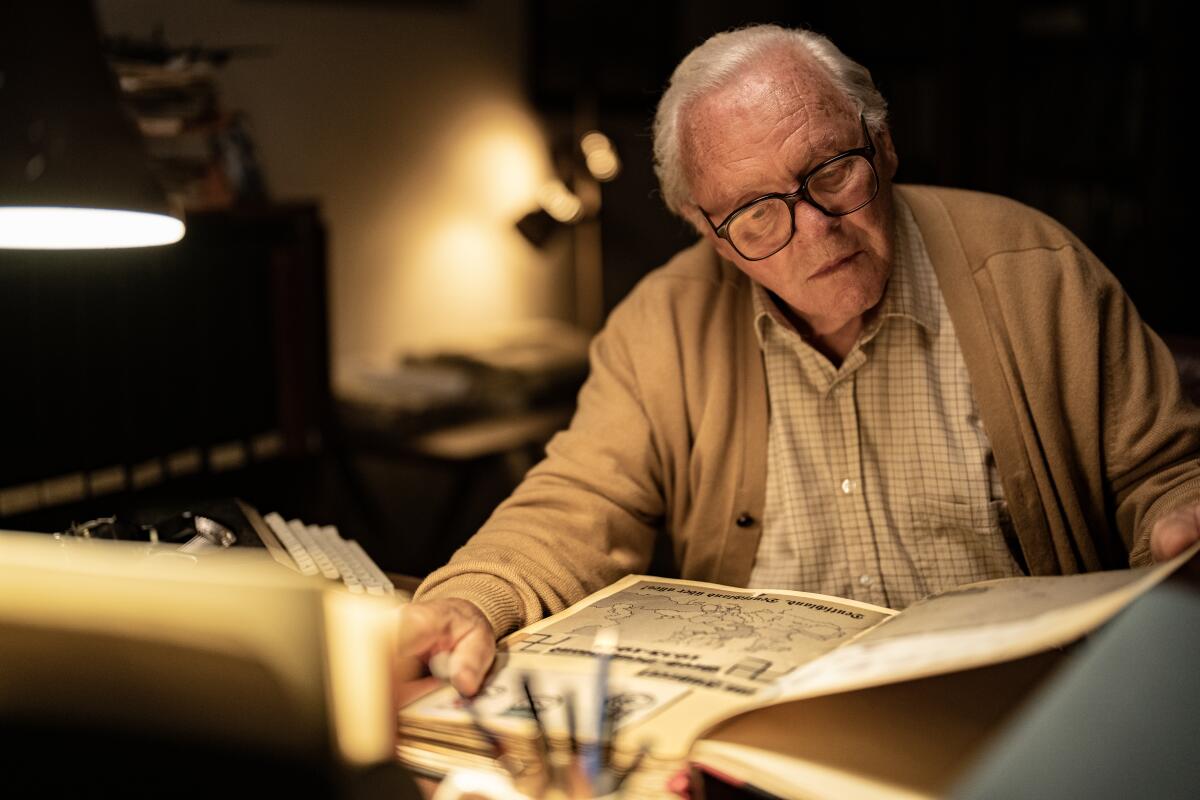
Anthony Hopkins in the movie “One Life.”
(Peter Mountain / Bleecker Street)
Despite Winton's reluctance to be recognized, “One Life” highlights the importance of doing good, especially when no one is watching.
“I wasn't trying to save the world,” Flynn says. “I was just doing what I could do at the time. There is a lot of cynicism around doing good things now because of the potential for virtue signaling. No good deed goes unnoticed on Instagram. But I think the good thing is remembering a time when that was not a part.”
Hopkins agrees that today “everyone wants to show how smart they are.” He sees a movie like “One Life” as an opportunity for the public to remember what is at stake if we don't learn to give in or help. He remembers meeting an Auschwitz survivor more than 20 years ago, who told him that she went to schools to teach them that the Holocaust could happen again.
“It's easy to forget,” adds Hopkins. “And no one wants to be lectured to and have it shoved down their throats. But I hope at least an awareness. This can happen again at any time and if we are not aware of it, we are doomed. But I believe that human beings also have the ability to survive and get out of the abyss.”

